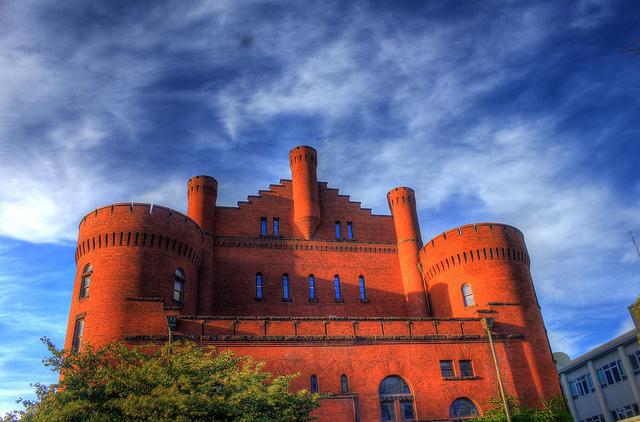Amid a nationwide rise in hate groups, some experts are concerned these groups could create a “frightening environment” for minorities and increase hate crimes.
According to a studyfrom the Southern Poverty Law Center, the number of hate groups in the U.S. increased from 892 to 917 between 2015 and 2016. Hate groups have beliefs or practices that attack an entire class of people, typically for their immutable characteristics, SPLC senior fellow Mark Potok said in an email to The Badger Herald. There are currently nine hate groups in Wisconsin, compared to eight in 2015.
Potok said hate group activities can include criminal acts, marches, speeches, rallies and meetings.
“It has nothing to do with criminality or violence — just the ideology of the group,” Potok said.
Madison community reacts to hate speech following Halloween costume controversy
The groups in Wisconsin range from white nationalist to neo-Nazi to anti-LGBTQ+. The Ku Klux Klan, black separatist groups and anti-Muslim groups are the most prevalent in the country.
For the past two years, the number of hate groups has been on the rise. Anti-Muslim groups have grown the most — from 34 in 2015 to 101 in 2016, representing a 197 percent increase, Potok said.
University of Wisconsin sociology professor Pamela Oliver said when politics takes an anti-minority turn, it “villainizes” the minority. It is then common to see personal attacks against members of that group.
Potok believes the election of President Donald Trump “electrified” hate groups. Under the current political climate, these groups might feel like there are no consequences or that they cannot be stopped, Oliver said.
“It’s a very frightening period for minorities,” Oliver said.
A hate crime is any crime motivated mostly or entirely by hatred of a named class such as religion, race, ethnicity, sexual orientation, Potok said. These attacks can be planned or they can be done at random, Oliver said.
All crimes have victims, but while crime affects the individual, hate crimes impact a whole community, Oliver said. She said it’s a very “unsettling” time for people because when an individual of a group is targeted for a hate crime, it makes everyone feel unsafe.
“Even though a minority of people [have] personally experienced hate crimes, a much larger group is scared and worried,” Oliver said.
In addition to the political climate, social media has helped groups connect with one another, and as a result the hate movement has grown in size and energy, Potok said. But anti-minority violence existed before the advent of social media as well so people do not need it to create hate.
Gabriel Javier, interim director of the Multicultural Student Center, said UW students are not immune to events happening in the wider word. Minority students, especially, are more vulnerable populations, he said. There is a cumulative impact between what is happening in the wider world and interactions between classmates, he said.
The Multicultural Student Center offers students a space to gather, talk and connect with people, Javier said. There is also access to mental health services and help with bias reporting.
“It’s important to look at the role of allies in addressing bias on campus,” Javier said. “Faculty, staff and students have a really big role in interrupting harmful behavior.”













